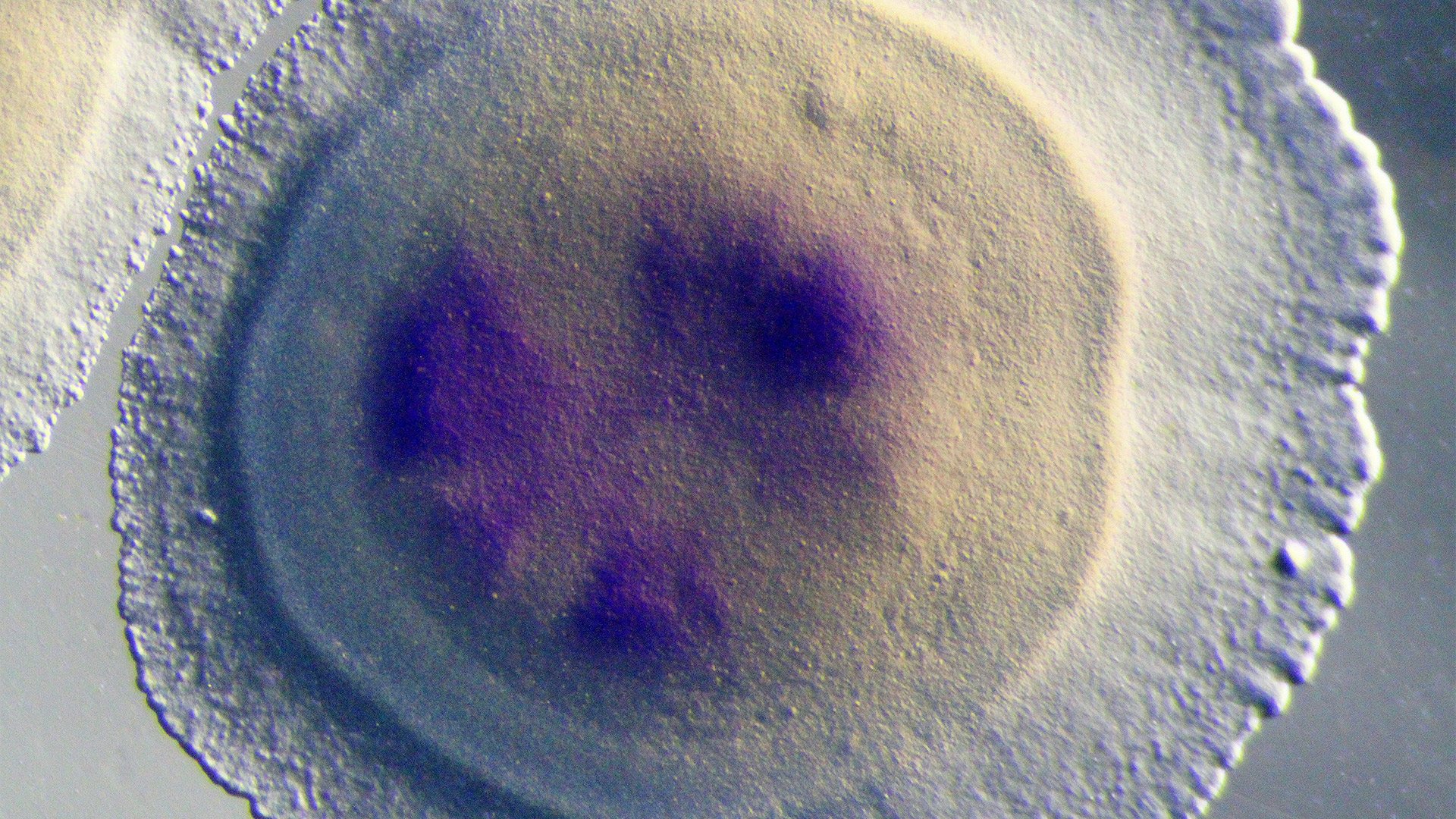Pigment in microbes can have multiple functions. For example, it can be used for photosynthesis or for protections against UV light. However, this Janthinobacterium lividum bacterium uses its purple pigment as protection against other microbes. And this is not only useful for bacterium’s own survival, but also for animals working with him, like the red-backed salamander.
Pigment in microbes can have multiple functions. For example, it can be used for photosynthesis or for protections against UV light. However, this Janthinobacterium lividum bacterium uses its purple pigment as protection against other microbes. And this is not only useful for bacterium’s own survival, but also for animals working with him, like the red-backed salamander.
Purple defence
The dark purple appearance of Janthinobacterium lividum is caused by the substance violacein, produced by the bacterium itself. This pigment is an antioxidant, and also has anti-fungal and anti-bacterial effects. For us, violacein, the purple pigment can be useful in the future for its anticancer and antibiotic effect. However, nowadays the pigment is only used for dyeing fibres. Unfortunately, Janthinobacterium lividum can also cause the spoilage of milk.
Protection of the red-backed salamander
The purple pigment of Janthinobacterium lividum does not only help survive its own host, it also aids the red-backed salamander. The red-backed salamander is globally threatened by the infectious skin disease chytridiomycosis. This disease is caused by the fungal pathogen Batrachochytrium dendrobatidis. Fortunately, Janthinobacterium lividum can help these salamanders survive this disease. These mutualistic bacteria can be found on the skin of the salamander and produce the antifungal compound violacein. The fungal pathogen’s growth will be hindered or it might even be killed by this compound. This way, the purple Janthinobacterium aids the salamander’s immune system.

